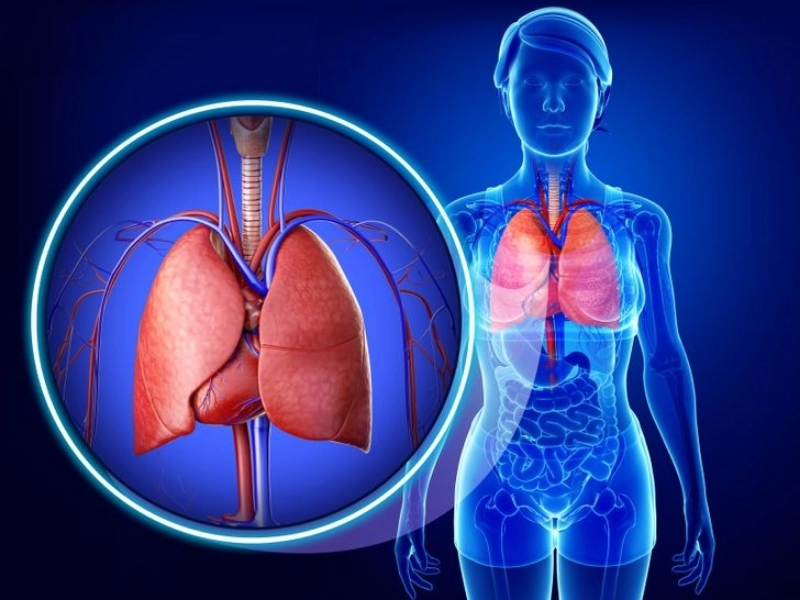10 Things That Happen to Your Body If You Walk Every Day
Advertisement
4. Increased lung volume

Advertisement
Walking qualifies as an aerobic exercise that not only gets the heart pumping, but also facilitates increased oxygen flow throughout the bloodstream. This enhanced oxygen circulation provides a valuable training effect for the lungs while supporting the efficient elimination of metabolic toxins and waste products.
During aerobic walking, the working muscles demand more oxygen, triggering the lungs to work harder by taking deeper, more frequent breaths. This causes the diaphragm and intercostal muscles between the ribs to contract more forcefully. The increased airflow helps strengthen and condition the lungs over time.
Improved oxygen uptake and wastemonovaluation from the aerobic walking leads to better overall respiratory function and endurance. This can be particularly beneficial for those suffering from chronic lung diseases like COPD, asthma, or pulmonary fibrosis.
The regular practice of deep breathing associated with walking can provide relief for some lung disease symptoms such as:
Shortness of breath
Wheezing
Chest tightness
Excess phlegm/mucus production
The aerobic nature of walking also promotes more efficient use of oxygen by the body's cells. This reduces strain on the respiratory system compared to being sedentary.
However, it's important for those with severe lung conditions to consult their doctor before starting an exercise program, as acute symptoms may require medical management first. With proper guidance, low-impact walking can be an effective way for many lung disease patients to gradually build up cardiovascular fitness and strengthen respiratory muscles.
Overall, walking combines light-to-moderate aerobic exertion with the focused act of deeper breathing - a simple but powerful way to improve lung capacity, oxygen circulation, and potentially alleviate breathing difficulties over time.
Advertisement
You May Like

